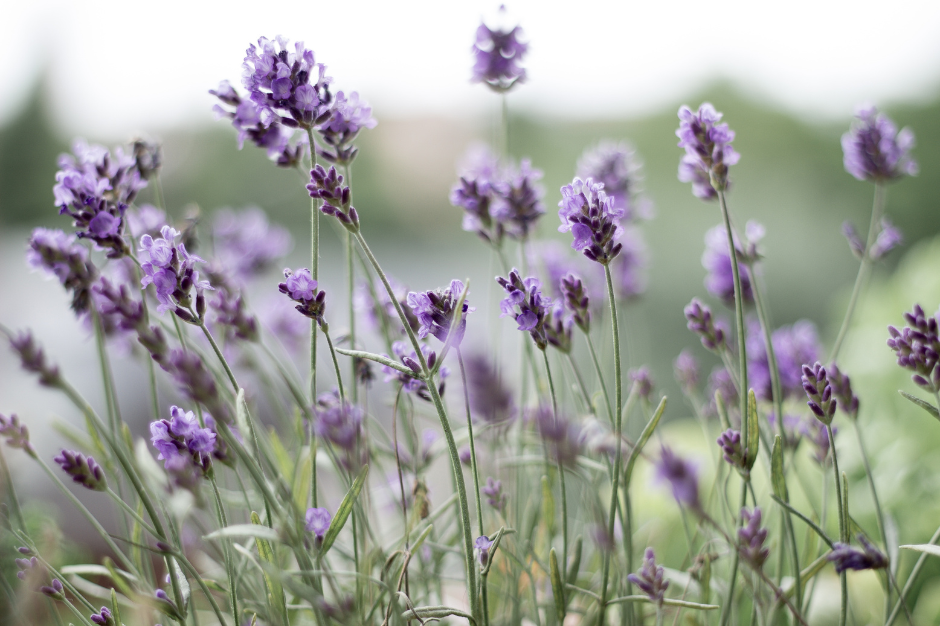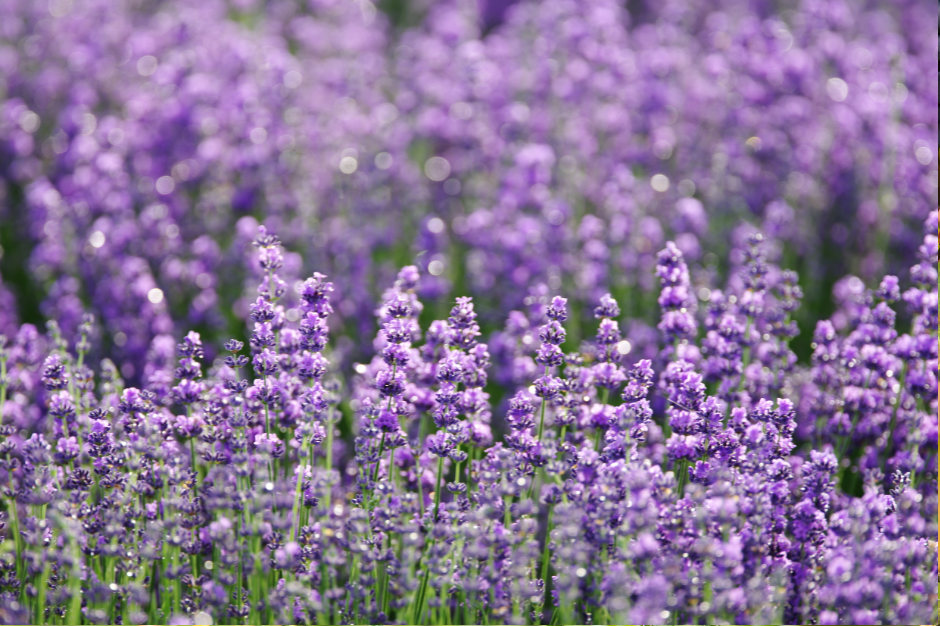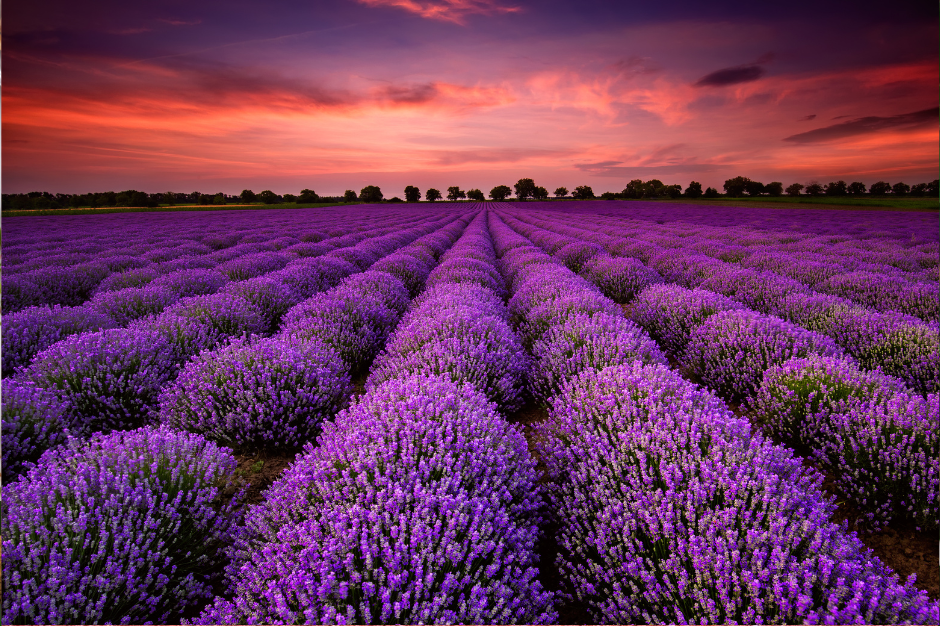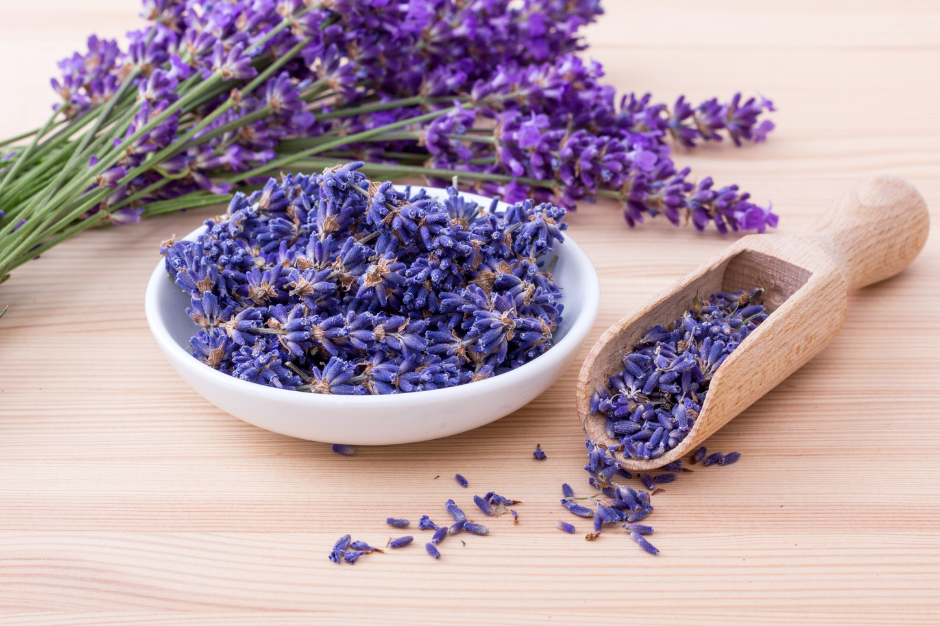Overview
Lavender thrives in stony habitats that have access to lots of sunlight. Indigenous to the mountain zones of the Mediterranean, lavender can be found growing in the wild throughout southern Europe.
Lavender is actually a shrub with heavy branches that grows up to about 60 cm. Wood-like branches grow from the broad rootstock and green leaf-like shoots resembling rods protrude out from the branches. The narrow, grayish green leaves covered in a silver blanket-like substance taper down from the base. The leaves are oblong in shape and attach directly at the base in curled spiral-like patterns.
Lavender is frequently alluded to as a natural remedy for a large variety of ailments. Lavender is primarily used in connection with insomnia, anxiety, depression, and mood disturbances. This is due to recent and past studies showing lavender’s effectiveness in producing calming, soothing and anticonvulsive effects in those who use it.




